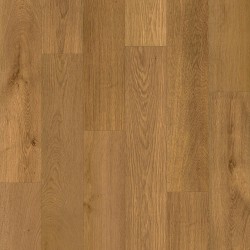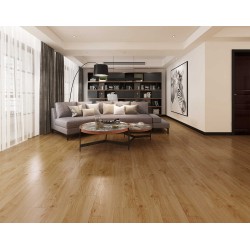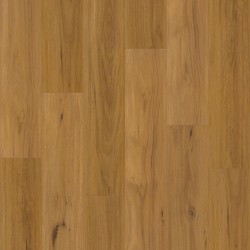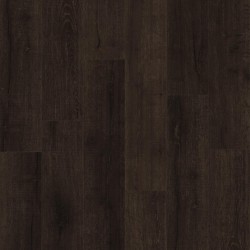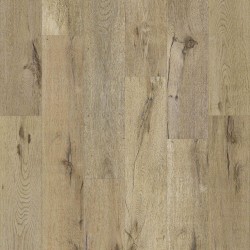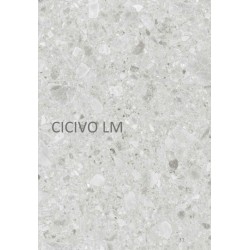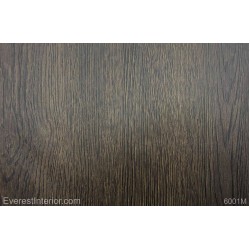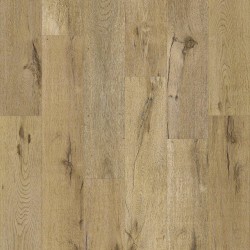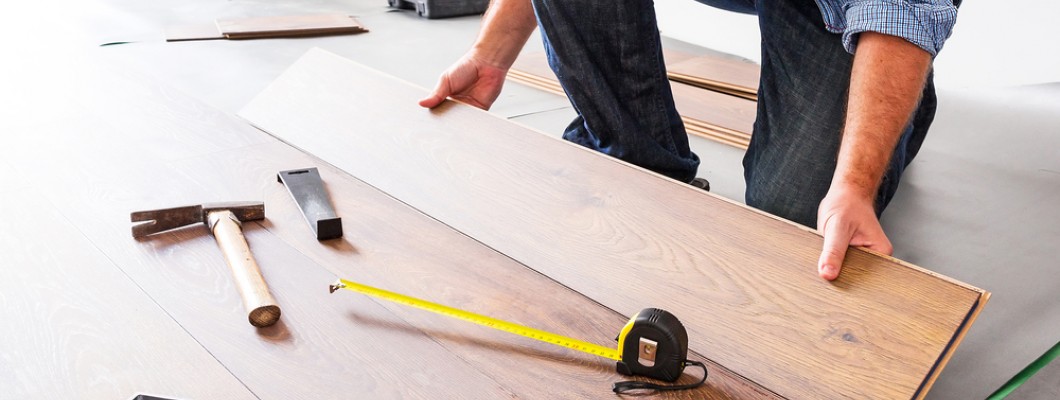
Understanding Floating Floors
A floating floor is a type of flooring that doesn't require nails or glue for installation. Instead, it relies on gravity and friction to stay in place. Typically associated with laminate flooring, it has now extended to include options like bamboo, engineered flooring, and hybrid planks. This method has become popular due to its efficiency and cost-effectiveness, offering homeowners a stylish look for their homes without the hassle.
In this guide, we'll introduce you to floating flooring and help you determine if it's the right choice for your home.
Ideal Locations for Floating Flooring
Floating floors are suitable for most environments, offering an easy, efficient, and quiet installation process. They are particularly advantageous for apartments and units with strict noise regulations during installation. Since floating floors don't require nails or glue, the noise generated during installation is significantly reduced.
However, it's essential to ensure your subfloor is even, as the standards for installing a floating floor are higher compared to nailed or glued-down floors. Overall, floating floors are a perfect fit for both residential and commercial spaces when the conditions are right.
Types of Floating Floors Available
There are several options available for floating flooring:
Laminate Flooring: Crafted from layers of wood composite material, laminate flooring boasts a realistic timber appearance thanks to a fine-printed photograph on its surface. Renowned for its durability and scratch resistance, laminate offers a cost-effective and low-maintenance solution for those seeking the charm of timber without the upkeep. Simplifying installation, floating floors enhance the ease of laminate flooring projects. Explore our extensive range of laminate flooring options today.
Engineered Timber: Engineered timber flooring is crafted from multiple layers of plywood topped with a genuine timber veneer. Offering remarkable durability and enhanced water resistance, this flooring option integrates authentic hardwood in its surface layer, providing a genuine timber experience. Its stability and resilience are further bolstered by additional layers, typically made of plywood. Dive into our diverse selection of engineered timber floors to find the perfect fit for your space.
Hybrid Flooring: Hybrid planks represent a cutting-edge flooring solution, composed of various layers including stone plastic composite and a UV-coated wear-resistant layer. Thanks to rapid technological progress, modern hybrid plank floors boast a hassle-free glueless locking system. Notably, these floors offer waterproofing capabilities and intricate embossed details, faithfully replicating the allure of authentic stone or hardwood flooring. Explore our range of hybrid flooring products to discover the perfect blend of innovation and style for your space.
Bamboo Flooring: Bamboo flooring stands out as a distinctive option crafted from genuine solid bamboo, renowned for its exceptional hardness and durability compared to traditional timber floors. Embracing sustainability, bamboo flooring provides an environmentally friendly choice, offered in a variety of colours to complement diverse preferences. With the option of a floating floor installation, bamboo flooring caters to both practicality and style. Appreciate the unique grain pattern that bamboo offers, adding character to any space. Explore our complete range of bamboo flooring options to find the perfect fit for your home.
How Floating Floors Work
Installation of floating floors is akin to assembling a jigsaw puzzle. The interlocking planks create enough weight, friction, and a strong locking mechanism to keep them in place without the need for nails or glue.
Weight: The collective weight of the interconnected floorboards forms a substantial mass, making accidental movement nearly impossible.
Friction: Installing the floating boards over an underlay prevents them from sliding, as the underlay creates friction between the floorboards and the subfloor.
Click-lock: A robust locking mechanism in each floorboard ensures that the planks are securely joined, facilitating the aforementioned processes.
Pros and Cons of Floating Flooring
Advantages:
Simple DIY Installation: Can be installed without professional help, saving on installation costs.
Easy Repair: Planks can be easily replaced without the need for adhesives or extensive tools.
Apartment/Unit Friendly: Minimal noise during installation makes it suitable for places with strict regulations.
Disadvantages:
Structural Durability: Susceptible to expansion and contraction from temperature and moisture changes.
Sound Absorption: Less effective at absorbing noise compared to other methods, may require additional acoustic underlay.
Even Subfloor Required: Installation on uneven surfaces may lead to faster wear and can void warranties.
Conclusion
Floating floors offer versatility and convenience, making them suitable for various environments. While they come with some disadvantages, proper preparation and inspection of subfloors can mitigate these issues. Consider booking a consultation to determine if floating floors are the right choice for your space.
Post on: 04-04-2024



